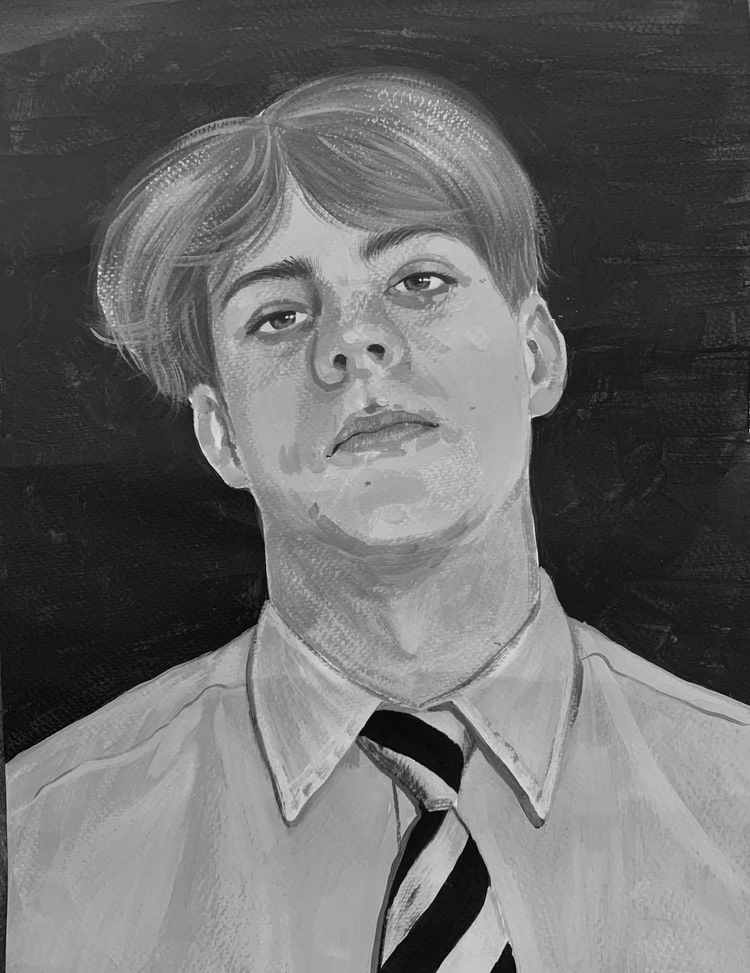My Ethos
creatED is about far more than simply creating nice artwork for the fridge (although there is plenty of that too!). It’s about developing communication and creative and critical thinking skills. I encourage my learners to step outside of their comfort zones and experiment with courage. I want them to discover that quite often the most learning happens when one makes mistakes. I also believe that every child is an artist in their own right, and whilst I teach technical skills, help learners to develop their understanding of material use and introduce them to other artists for inspiration, I will not direct the work that they create and encourage them to have enough confidence in themselves to create their own unique and original work rather than copying something already done by others or following ‘step-by-step’ guidance.
By teaching our young people to think and act creatively we are preparing them, both practically and emotionally, for the changing world they are to face as adults. It is for this reason that I care so deeply about the value of the arts in education. Technological advances have completely redefined the way we live and communicate, and as such, success no longer hinges on how much we know, but on our ability to think creatively. In addition, anxiety and depression are increasing at a disturbing rate amongst our youth today, many of whom report academic pressure to be a significant contributing factor to this. Amongst so much prescribed, knowledge-based learning, an Art lesson provides a young person with the opportunity to let go and express themselves. Art provides a time and space where there is no right answer and mistakes are celebrated.
Art teaches awareness and critical thinking. It teaches History, Philosophy and Politics. I aim to teach my students to not only look, but to see. I want them to see the world in all of its beauty and ugliness, to absorb it, reflect on it and use it to shape their own opinions. I want them to have confidence in both the way they think, and in the way they respond to this through visual language.
Observational drawing
Observational drawing lies at the core of my teaching at all times. Through learning to draw from direct observation, students learn to look, and in doing so they learn to see and notice the world around them. This improves not only their technical skill across other media, but also their creative thinking skills and ability to translate concept and opinion into visual language.
Many young people are frightened by this requirement to draw, but this is almost always because of the misconception around what drawing is - something I spend considerable time teaching my students. A drawing does not have to be photorealistic, nor does it have to be done on paper with a pen or pencil. Drawing can come in many forms and can be experimental and abstract. Can you draw movement? Can you draw happiness and anger? Can you draw with wire?
“Sometimes magic things happen; it’s just something within the process. I don’t like it when the drawings get too neat. It looks like a machine’s done them, so it’s no good, it’s got to be real, you know?”
















